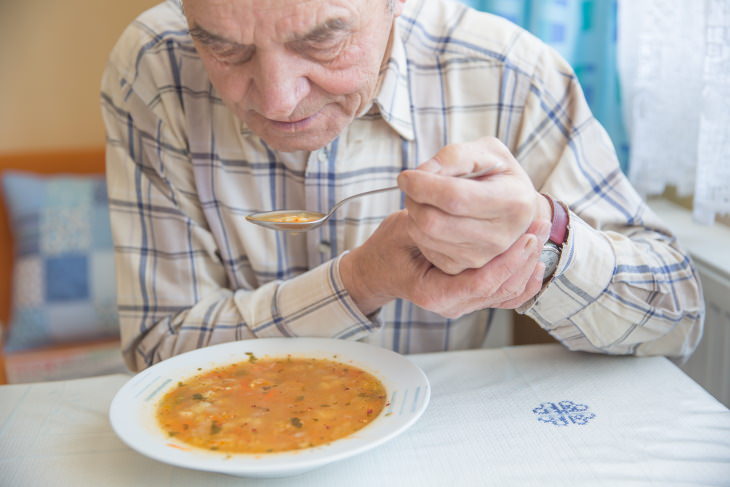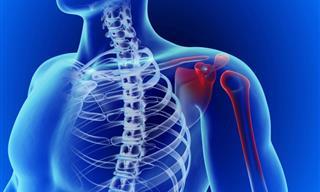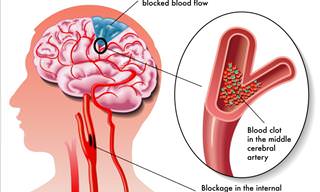What is Parkinson’s disease?
Parkinson's disease is what is known as a neurodegenerative disorder, which is a progressive disorder of the brain or peripheral nervous system. Hand tremors may be the emblematic symptom of the disease, but research confirms that Parkinson’s primarily affects a specific brain area called substantia nigra, and not individual nerves in the body.
According to The Parkinson’s Foundation, 1 million Americans and 10 million people worldwide suffer from the disease. Although the specific cause of the disease remains unknown, scientists point out an array of risk factors that can increase your risk of developing Parkinson’s:
- Genetics - 10-15% of Parkinson’s patients have a family member also suffering from the disease.
- Age - Typically, Parkinson’s develops after age 50-60. Young Onset Parkinson’s disease is rare - it accounts for only about 4% of patients in the US.
- Gender - Men are twice as likely to develop Parkinson’s than women.
- Environment - Chemical occupational hazards, head injury, and exposure to pesticides and herbicides may also contribute to one’s risk of developing Parkinson’s disease.
The 5 stages of Parkinson’s disease
Parkinson’s symptoms typically follow a specific pattern, but it does progress at different speeds for different patients. Some patients may never experience all the symptoms of the disease, whereas others may have all the severe symptoms. One person may develop severe tremors but little to no cognitive decline while another one could only experience dementia and balance issues.
Symptoms develop gradually, but 10 years after being diagnosed, most people will experience at least one major issue related to Parkinson’s. The Hoehn and Yahr scale is used to divide symptoms into 5 stages ranging from mild to severe. It helps doctors, patients, and caretakers evaluate the progression of the disease.

Stage One
Early on, Parkinson's disease may be barely noticeable. A person may feel stiffness or a slight tremor in one hand, but these early symptoms are often too vague. Your arms may not swing as much when you walk and your legs may feel heavy. You may feel that your speech became softer or somewhat slurred, and your writing turns smaller and more crowded.
Family members and friends may notice a change in posture. They may also point out that your facial expressions have become less pronounced and your face shows little emotion. At this stage, most people are completely functional, and prescription medications usually help diminish any apparent symptoms.
Stage Two
Stage Two of Parkinson’s is the moderate stage where symptoms start to progress, but a person is still independent in their daily tasks, although some complicated activities may be challenging. The progression to Stage Two is slow - it can take months or years. At this stage, a person will usually notice stiffness and muscle rigidity in both sides of the body, but they typically don’t have trouble balancing. The changes in posture and walking become more apparent, and the person may experience speech difficulties.
Stage Three

The middle stage of Parkinson’s disease is Stage Three. It usually takes between 3 and 7 years for a patient to develop Stage-Three Parkinson’s. At this stage, a person’s movements and speech become significantly slower and one starts experiencing problems with balance. When you start to walk or need to change direction, you may feel like your feet are stuck to the floor. Your steps may become smaller too.
Most individuals are completely independent at this stage, but tremors and stiffness may make some activities, such as eating soup or tying shoelaces, a bit troublesome. Medications may be prescribed in higher doses or more frequently.
Stage Four
When a patient reaches Stage Four of Parkinson’s, they are sadly no longer independent and require assistance standing and moving around, which may involve a cane or walker. Some patients never get to this stage. Other daily activities may become significantly troublesome due to tremors, pain, and posture issues throughout the body. It usually takes a full decade for a person to develop Stage Four Parkinson’s disease.
Stage Five
This is the severest and most debilitating form of Parkinson’s. Patients at this stage require constant care and assistance, as stiffness in the legs makes it very difficult or impossible for them to walk. Apart from being confined to a wheelchair or bedridden, almost half of patients at this stage experience cognitive and mental difficulties too.

Dementia, confusion, hallucinations, and delusions are all symptoms a patient may experience at this point. Patients may behave irrationally because they can’t think clearly or they may see or hear things that aren’t there.
Even though certain symptoms are associated with specific stages of the disease, some symptoms can appear at any stage or even years before the more typical symptoms of Parkinson’s. Constipation, drooling, loss of smell, forgetfulness and depression are just a few of such symptoms. To read more on these early signs of Parkinson’s, read our previous article titled How to Detect Parkinson's: A Guide to Early Signs.
Ways to reduce your risk of Parkinson’s disease
Due to the fact that the cause of Parkinson's remains unknown, there are no certain ways to prevent this disease. Some research has shown that aerobic exercise, lower cholesterol levels, higher levels of vitamin D and uric acid in the blood are all associated with a lower risk of Parkinson’s later in life.
Some evidence suggests that those who take NSAIDs (non-steroidal anti-inflammatory drugs) are less likely to develop Parkinson’s disease. Finally, there are also a few studies that show that people who smoke and consume caffeinated beverages actually have a lower incidence of Parkinson’s, but more research is needed to confirm those claims.
Share this article with those who will find it useful
 Go to BabaMail
Go to BabaMail

























































